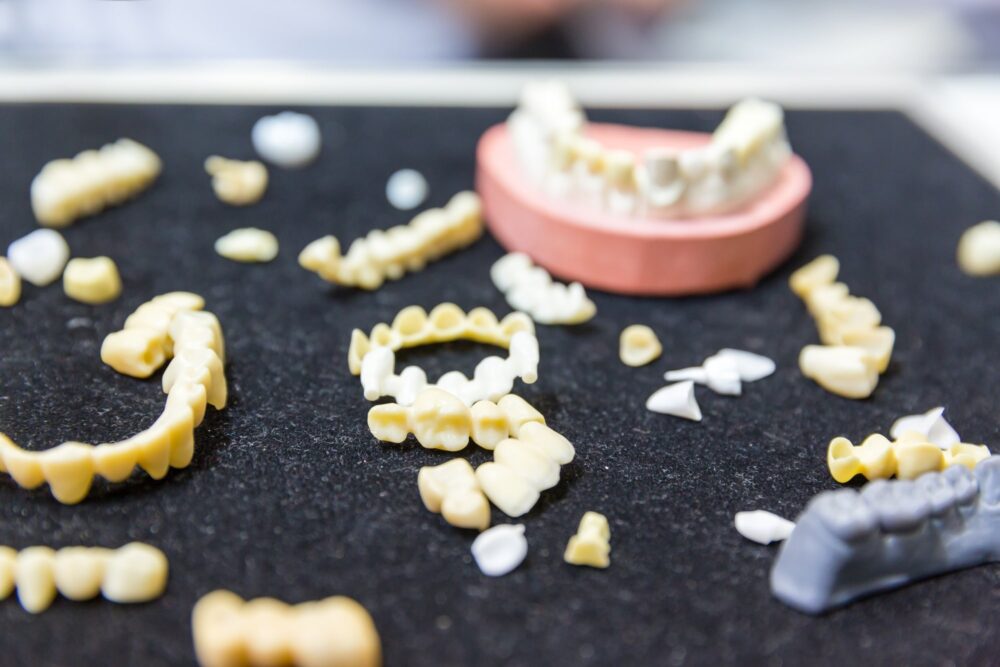Missing one or more teeth? A dental bridge can be a game-changer for your smile, function, and confidence. But not all dental bridges are the same—especially when it comes to precision bridges and how they’re connected. The choice between a rigid or non-rigid connector may sound technical, but it plays a big role in comfort, longevity, and success .
At Pecan Tree Family Dentistry, we help you make the right choice for your unique smile.
🦷 What Is a Precision Dental Bridge?
A precision bridge is a highly accurate, custom-made dental prosthetic used to replace one or more missing teeth. What sets it apart is the use of precision attachments—tiny engineered connectors that link parts of the bridge to supporting teeth or implants .
These attachments improve:
- Fit
- Stability
- Longevity
- Functionality
🔩 Rigid Connectors: The Fixed Option
Rigid connectors create a solid, immovable connection between the abutment teeth and the replacement tooth (pontic).
✅ Pros:
- Strong and stable
- Simpler, more cost-effective design
- Fewer parts = less complexity
📌 Best For:
- Short bridges
- Straight, stable abutment teeth
- Patients with minimal bite stress
⚠️ Considerations:
Rigid bridges can transfer excess force to the abutment teeth if there’s misalignment, movement, or uneven bite pressure. This could lead to loosening or long-term stress on the supporting teeth .
🪛 Non-Rigid Connectors: The Flexible Option
Non-rigid connectors allow slight movement between parts of the bridge, often using a key-and-keyway or dovetail system. This reduces pressure on the abutment teeth.
✅ Pros:
- Absorbs natural movement
- Ideal for longer bridges
- Reduces stress on weak or tilted abutment teeth
📌 Best For:
- Cases with misaligned or compromised support teeth
- Long-span bridges needing flexibility
⚠️ Considerations:
They’re more complex to design and may require occasional maintenance—but offer improved adaptability and longevity in the right situation .
🤔 Which Type Is Right for You?
Choosing between rigid and non-rigid connectors depends on:
- The alignment and strength of your existing teeth
- Length of the missing tooth gap
- Your bite and jaw movement
- How much flexibility is needed for comfort and function
📌 Related Reading: Dental Crown Materials – Pros & Cons
At Pecan Tree Family Dentistry, Dr. Kim will evaluate your case with care and precision to recommend the bridge type that best supports your smile—now and long into the future.
🦷 Considering a Bridge?
Let’s talk through your options and design a solution that fits beautifully and lasts.
📞 Call (972) 562-0767 or book your consultation online



